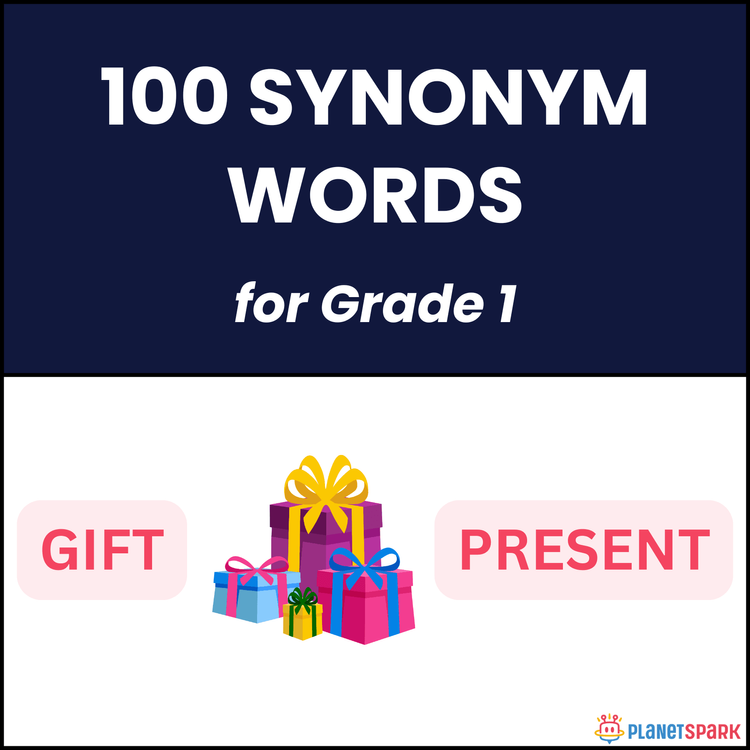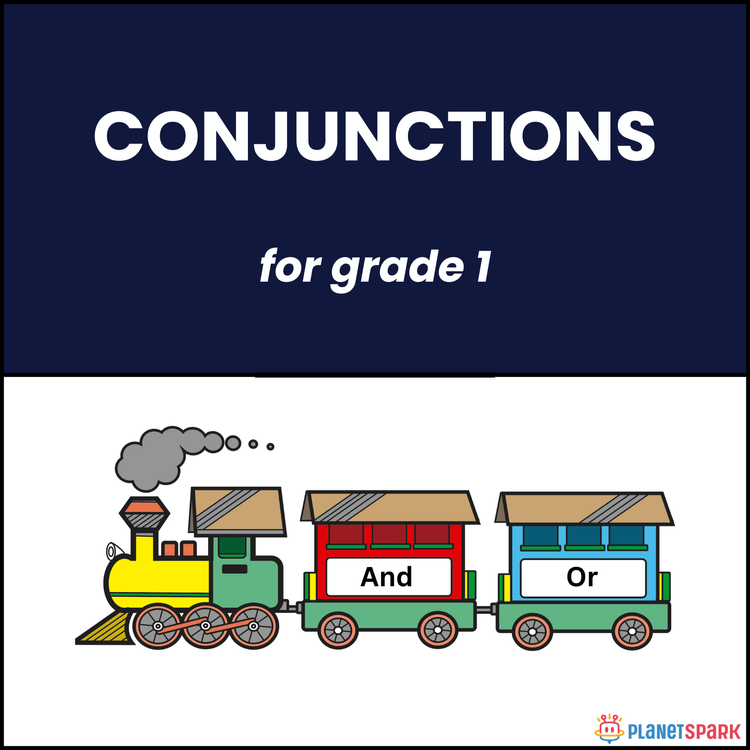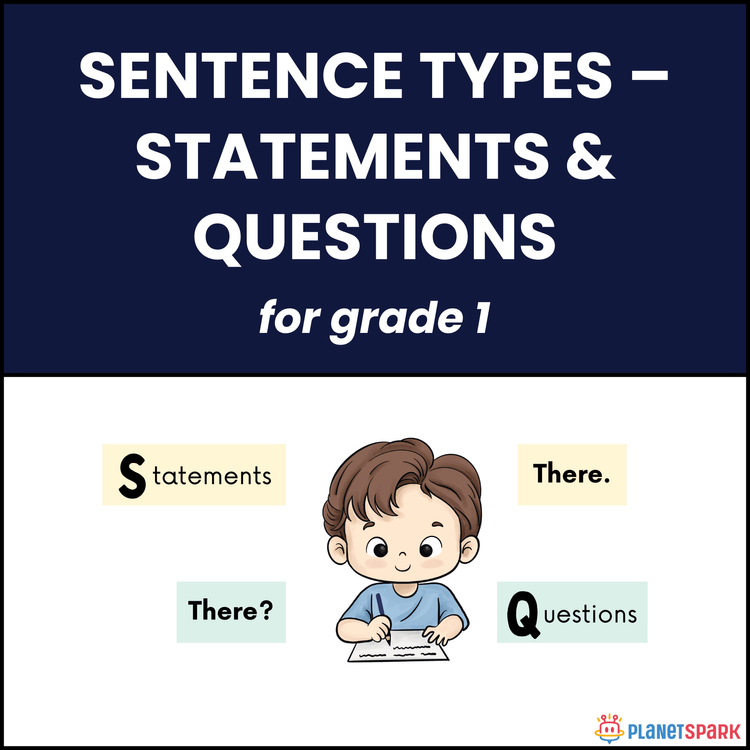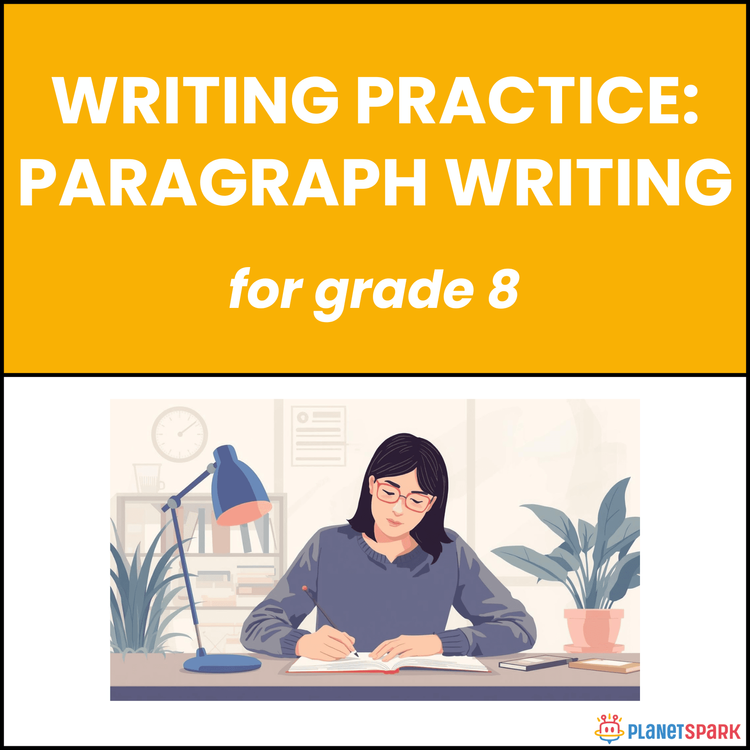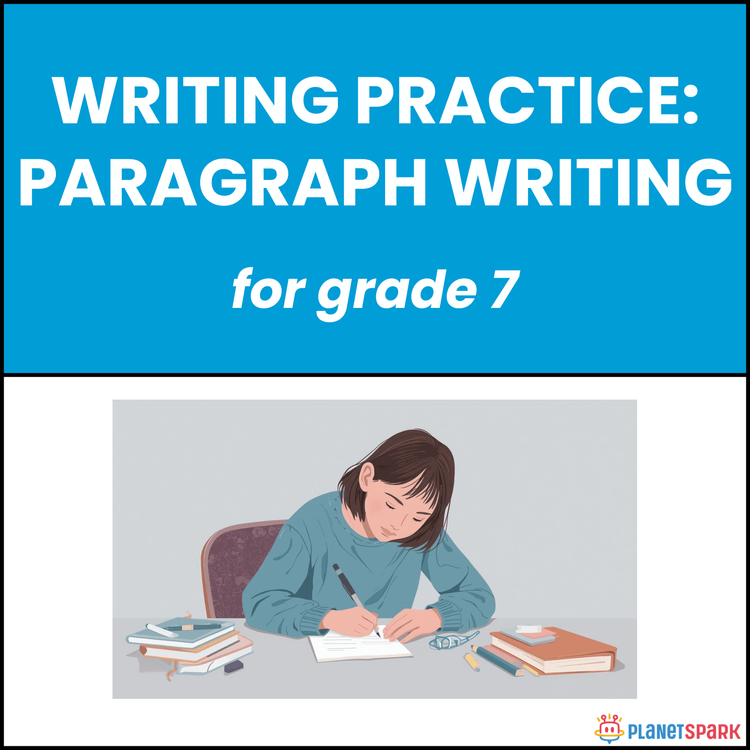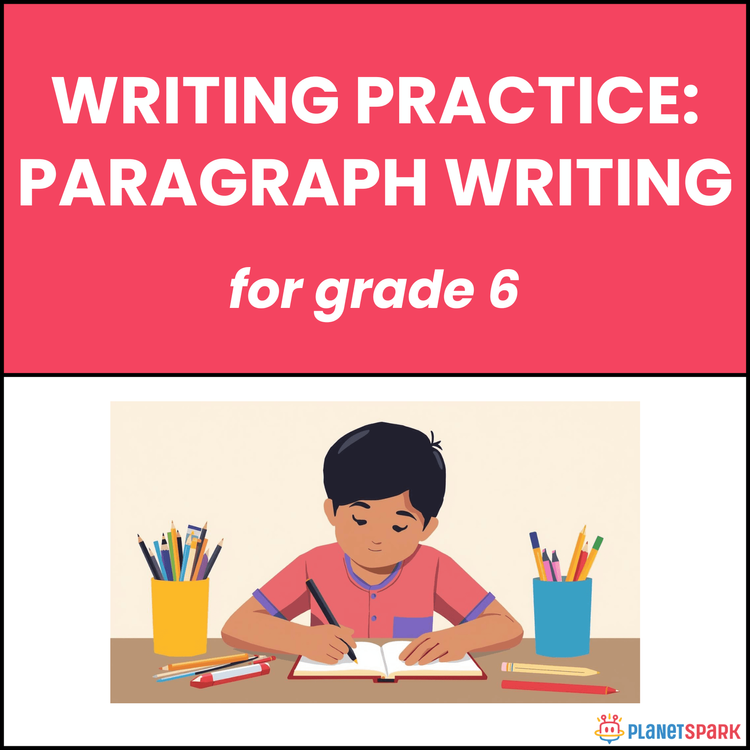Class 1 Reading Passage on A Visit to the Market
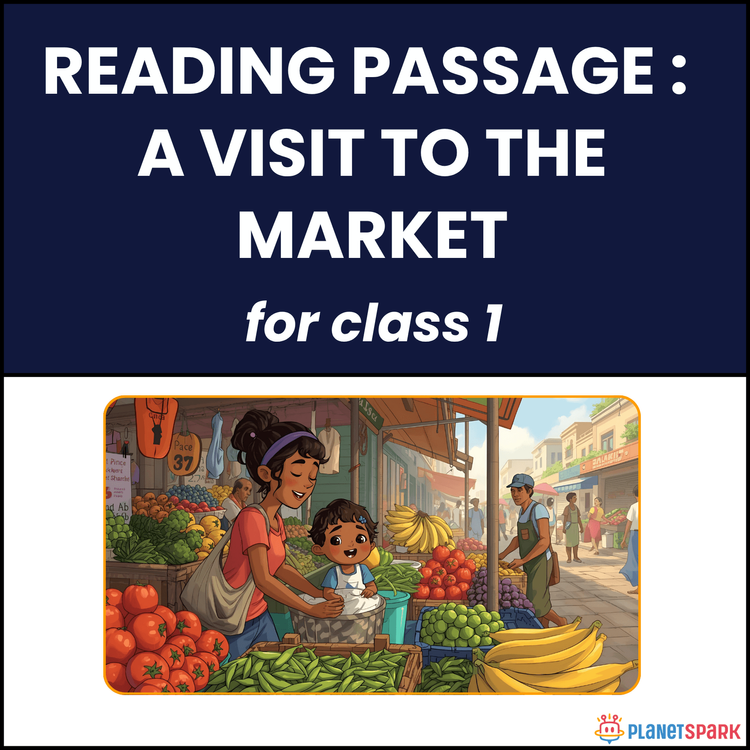

Class 1 Reading Passage on A Visit to the Market
Busy and Bright: Reading Passage “A Visit to the Market” for Class 1
This Grade 1 reading comprehension worksheet describes a fun day at the market. It helps children develop reading fluency, vocabulary, and understanding through a lively story about colors, people, and real-world experiences.
Why Reading Comprehension Matters in Early Learning?
1. It builds observation and recall through familiar daily life scenes.
2. It improves vocabulary with descriptive and sensory words.
3. It connects classroom learning to real-life settings like markets.
4. It encourages gratitude and family bonding through experiences.
What’s Inside This Worksheet?
📖 Reading Passage – A Visit to the Market
Yesterday I went to the market with my mother. The market was crowded and full of colourful shops. We bought fresh vegetables and fruits from the vendors. The shopkeeper smiled and packed them nicely in a bag. I saw red tomatoes, green peas, yellow bananas, and shiny apples. People were busy buying things and talking happily. I helped my mother carry the bag and felt proud. After shopping, we took an auto and came home. It was a fun and happy visit to the market.
🧠 Objective Questions – Multiple Choice
Students answer factual questions about who went to the market, what they bought, and how they came home.
✏️ Subjective Questions – Short Answers
Learners write short responses about what they saw, what they bought, and why the visit was enjoyable.
✅ Answer Key (For Parents & Educators)
Objective Questions:
1. c) Mother and child
2. b) Fruits and vegetables
3. d) Shopkeeper
4. a) Red
5. d) Auto
6. b) They bought fresh things
Subjective Questions:
7. Mother and child.
8. They bought fruits and vegetables.
9. The shopkeeper packed the bag.
10. I like going to the park.
Help your child connect reading with real-world experiences through this cheerful and colorful market visit story!
🔖Book a free trial!
Frequently Asked Questions
They teach everyday vocabulary and observation through real-world examples.
It builds awareness of buying, selling, and community life in simple words.
They develop descriptive language and reasoning through familiar daily experiences.
